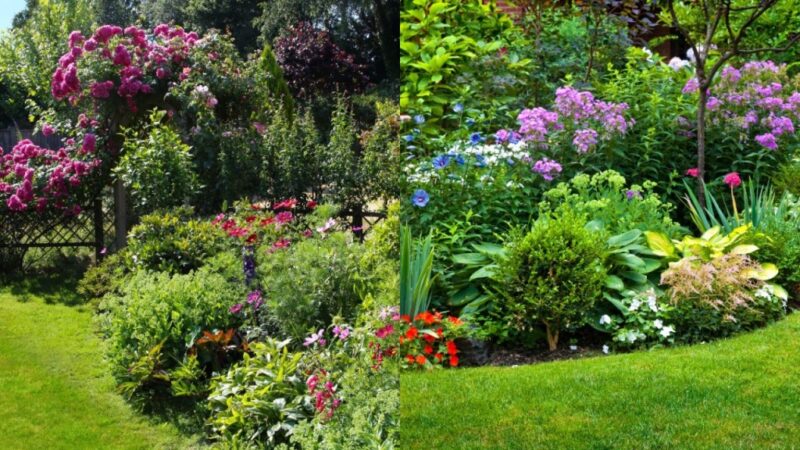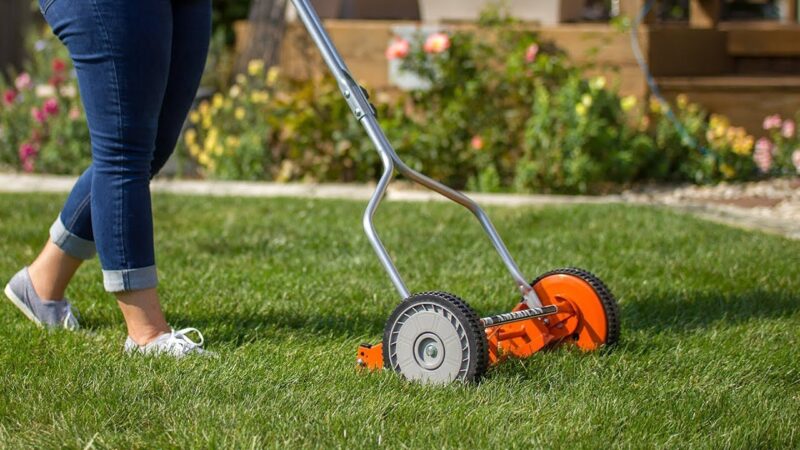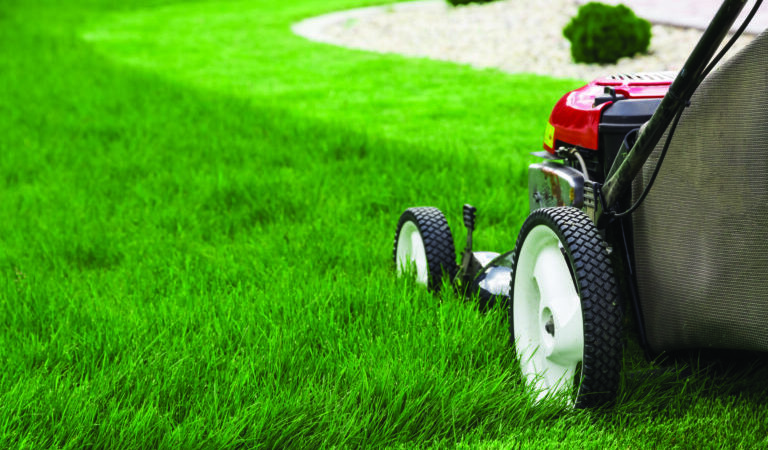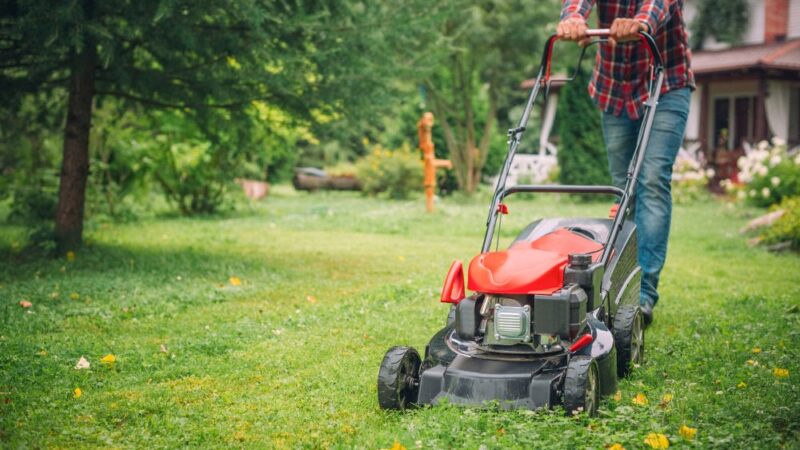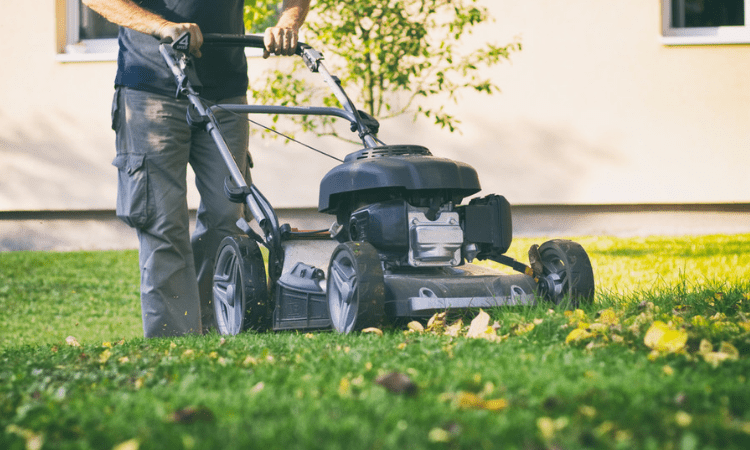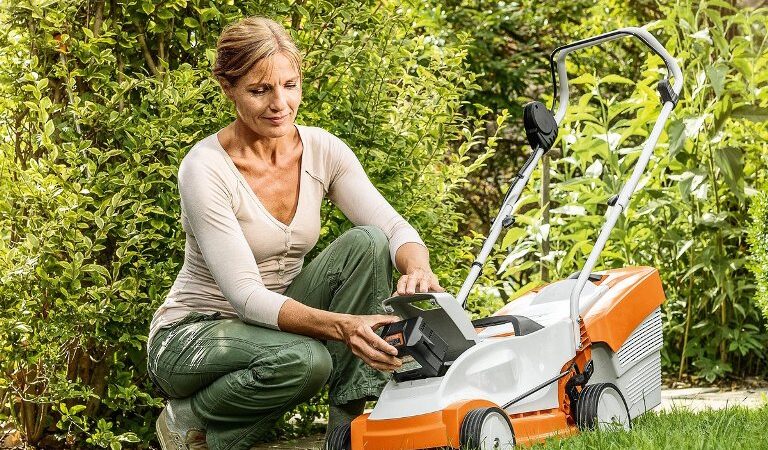How to Grow and Care for Radicchio
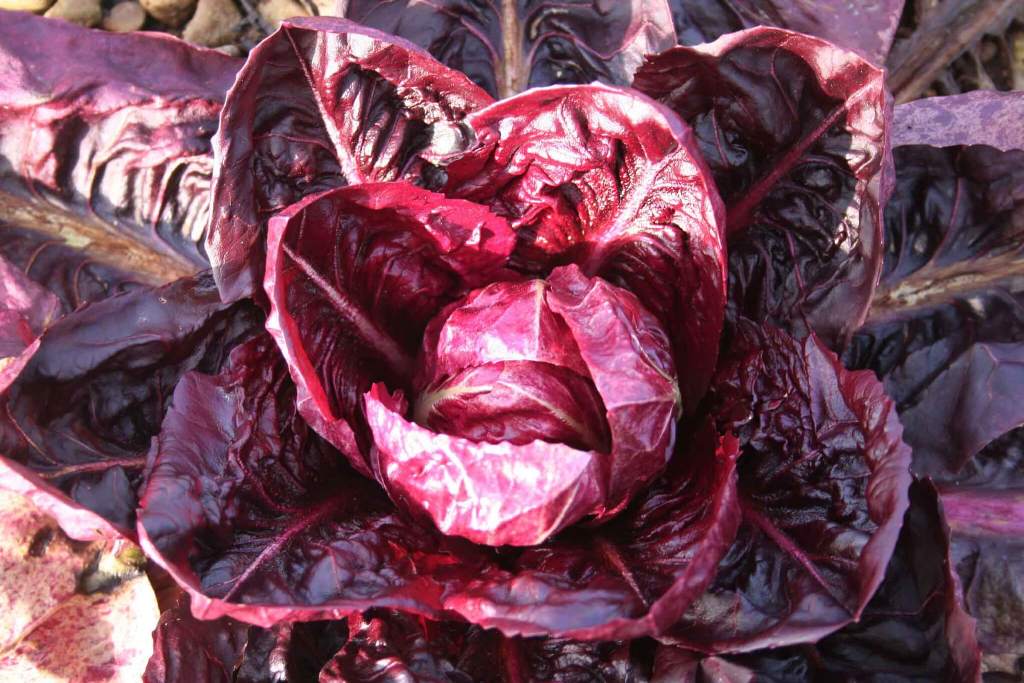
If you have bare land around you, why not grow some useful plants over there? There are many plants you can have in your garden, including veggies, flowering plants, fruits, and some decorative plants. But if you wish to grow your healthy and organic vegetables, Radicchio is a good option.
Radicchio is a leafy vegetable rich in Vitamin K with colorful red leaves with white veins. It is known as Italian Chicory as it is commonly used in Italian Cuisine. Radicchio is bitter and spicy. It is usually eaten after griling with olive oil or mixed with other veggies. The roasted Radicchio roots are used as a coffee substitute.
Be sure you don’t have Radicchio as coffee for the long term, as this may cause damage to your retinal tissues. This damage may lead you with dimmed vision over time. So, keep an eye on Radicchio intake. This article will give details about growing and caring for the Radicchio plant.
Things To Know About Radicchio
- Botanical name: Cichroium Intybus
- Color: Red with white veins
- Height/spread: It is a short plant.
- Suitable season to sow: Spring
- Soil: Any type of soil from sandy soil to clay loam soil.
- Sunlight: Medium sunlight, shade tolerant.
When To Plant Radicchio?

The Radicchio plant grows well in cool temperature or can be grown in spring, summer or fall season. It flourishes in temperature ranging from 30 to 90 F. The leaves are frost tolerant and burns in high temperature.
Though the site has enough sunlight is good for planting Radicchio, the plant is shade tolerant. All the soil type from sandy to clay loam soil promotes healthy growth of Radicchio with required pH of 7.5-8.
How To Plant Radicchio?

Depending on what time you choose, you can sow the seed or transplant it into your garden. If you wish to transplant the Radicchio, then it is better to sow the seed indoors for 4 to 6 weeks before transplanting it into the garden. Sow after the frost has passed and made sure the distance between the plants is 8-112 inches.
You will see the mature plant after 125-130 days. The plant has shallow roots, so they need good irrigation. Proper drainage and watering enhance the growth of the tender shoots of the plant.
Care Tips
This plant is generally affected by the same pests that affect Cabbage plant-like aphids, many beetles, thrips and ants.
Many chemical or organic fertilizers prevent the plant from getting damaged. You can consult near-by nursery to use proper fertilizer according to the season to prevent seasonal plant diseases.
Regular watering of plants and adding compost will promote growth in the plant. After a few months, you can see red Radicchio growing in your garden. Remember to wash it before cooking to avoid the intake of harmful pesticides and other chemicals.
Yes, of course. A container is best for growing Radicchio, but make sure you use commercial potting rather than garden soil. Sow the seeds in the spring, and you will soon see the plant growing.
You can plant lettuce as a companion with Radicchio. But avoid endive and escarole to have healthy plant growth.
Radicchio can be eaten raw in salads or can be cooked. You can grill it in olive oil and have it.
